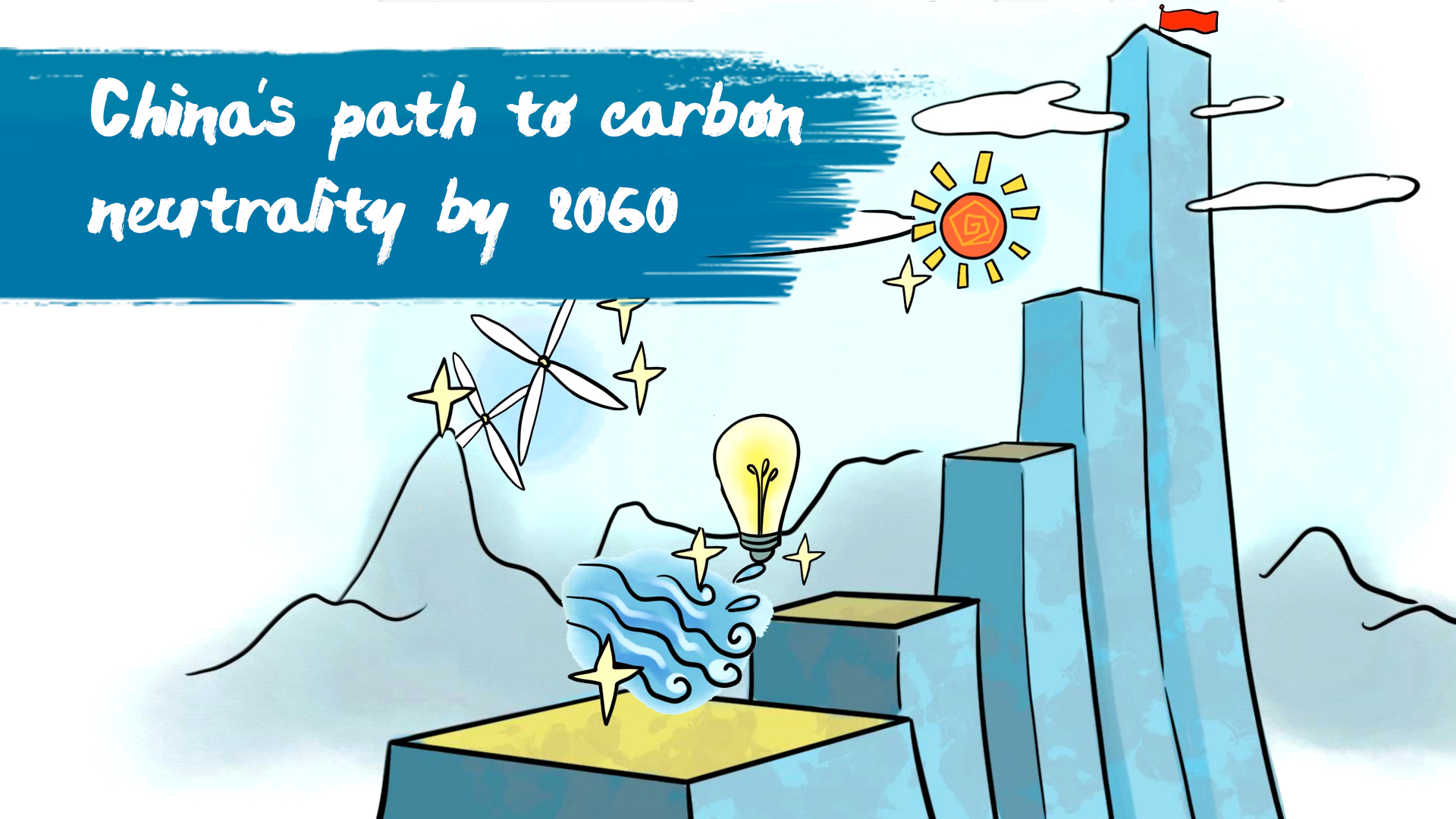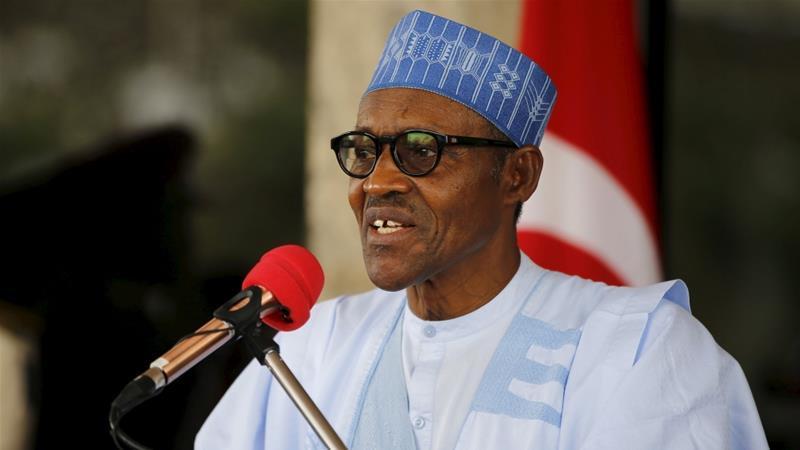Foreign news
China’s path to carbon neutrality by 2060

When China announced it would work towards achieving carbon neutrality by 2060, many saw it as nothing short of earth-shattering in the global fight against climate change.
Why?
China is the world’s largest emitter of carbon dioxide – a potent greenhouse gas – accounting for 28 percent of the world’s total output every year. In 2019, China’s emissions surpassed those of the U.S., Europe and Japan combined. Despite China’s per capita emissions being less than half of the U.S.’, a significant part of the global fight against climate change still hinges on China’s actions.
Then, can China achieve its ambitious goal?
This surely won’t be an easy task.
There is no denying that China has made significant strides in recent years in its low-carbon transition, by deploying renewable energy on a massive scale, among other measures.
As of 2019, China’s installed solar and wind power capacities accounted for a third of the world’s respective totals. It is currently constructing more power plants than any other country in the world. The country is also the world’s largest manufacturer and seller of electric cars and buses.
But the picture is not all rosy. Fossil fuels, which produce large amounts of carbon dioxide still make up 85 percent of China’s energy consumption. Coal, a major fossil fuel, alone accounts for 60 percent of China’s energy consumption while the global average is around 30 percent.
This means that for China to meet its momentous 2060 goal, it will have to significantly double down on its ongoing de-carbonization efforts.
But how?
The emissions of China’s carbon dioxide can be traced to five main sectors: energy, manufacturing, transportation, agriculture and construction.
Its energy and manufacturing sectors are leading sources of its carbon emissions. The country will have to dramatically increase its use of renewable energy over the next decades, transforming its current energy structure.
This should not only be applied to the energy sector that generates electricity, but also to others, such as the transportation sector where electric vehicles should replace those powered by traditional energy.
At the same time, technology will have to play an essential part in the process with roles ranging from improving energy efficiency, reducing or even removing greenhouse gases emissions in various sectors, to changing where carbon dioxide is emitted.
For example, carbon capture and storage techniques are receiving increased attention in the energy and manufacturing sectors. Their deployment means wasted carbon dioxide can be captured and later released where it does not enter the atmosphere.
All these transformations will require the government to implement policies that can incentivize individuals and businesses to reduce their own carbon footprint. Meanwhile, capital also needs to be injected to make changes possible. According to an estimate by Boston Consulting Group, China would need 90 to 100 trillion yuan in investment between now and 2050 to support its carbon neutrality agenda.
China’s path to realizing its 2060 carbon neutrality goal will not be an easy ride. However, this long-term goal is an indication of China’s great commitment to a green transition. Although the goal is 40 years down the road, the efforts need to begin today.
Scriptwriter: Xu Sicong
Managing editor: Xu Sicong
Senior producer: Wei Wei
Managing director: Mei Yan
(If you want to contribute and have specific expertise, please contact us at opinions@cgtn.com.)
Breaking News
Pakistan Observes KASHMIR SOLIDARITY DAY in Abuja

Joel Ajayi
The people of Pakistan inside the country and across the world is observing Kashmir Solidarity Day Today’s Monday express solidarity with Kashmiris in their struggle for the right to self-determination.
Since 1990, the Nation of Pakistan observes February 5th as Kashmir Solidarity Day.
According to the statement issued by the High Commissioner of Islamic Republic of Pakistan Abuja, Nigeria H.E Mr Sohail Ahmad Khan stated that, Kashmir Solidarity Day serves as an annual reminder of the prolonged conflict in Indian Illegally Occupied Jammu and Kashmir, where the struggle for self-determination has left an indelible mark on the lives of innocent Kashmiris.
“Multiple UN Resolutions unambiguously declare that the final disposition of the State of Jammu and Kashmir will be made in accordance with the will of the people expressed through the democratic method of a free and impartial plebiscite conducted under the auspices of the United Nations.
“Numerous international, UN organizations as well as UN Special Rapporteurs have reported gross human rights violations in Jammu and Kashmir.
“Media and press is under tremendous pressure by Indian Government especially in Indian Illegally Occupied Jammu and Kashmir which is evident from India’s ranking of 161 out of 180 countries as per 2023 World Press Freedom.
“Jammu and Kashmir has been converted into world’s most militarized zone and the largest prison on earth. Pakistan stands firm with Kashmiri brothers and sisters and will continue to provide unwavering diplomatic support.
“Pakistan demands that International community including United Nations and it’s relevant Human Rights Machinery, Civil Society Organizations, Media Houses and other defenders of Human Rights to fulfill their obligations towards besieged Kashmiris by playing their part to end the rule of tyranny and oppression.”
-

 Featured5 years ago
Featured5 years agoLampard Names New Chelsea Manager
-

 Featured4 years ago
Featured4 years agoFG To Extends Lockdown In FCT, Lagos Ogun states For 7days
-

 Featured5 years ago
Featured5 years agoNYSC Dismisses Report Of DG’s Plan To Islamize Benue Orientation Camp
-

 Featured4 years ago
Featured4 years agoChildren Custody: Court Adjourns Mike Ezuruonye, Wife’s Case To April 7
-

 Featured3 years ago
Featured3 years agoTransfer Saga: How Mikel Obi Refused to compensate me After I Linked Him Worth $4m Deal In Kuwait SC – Okafor
-
Sports1 year ago
TINUBU LAMBAST DELE MOMODU
-

 News8 months ago
News8 months agoJubilation In Kaduna As Tribunal Upholds Ekene Adam Winner Of Reps Election
-
Featured5 years ago
Board urges FG to establish one-stop rehabilitation centres in 6 geopolitical zones
